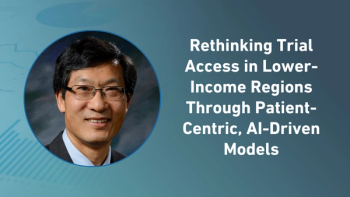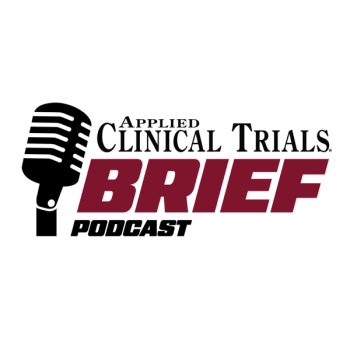
Cardiac Safety in Early Phase
At CBI’s most recent conference focusing on Cardiac Safety Assessment, Lawrence Satin, MD, FACC, Chief Medical Officer and Founder of Cardiocore, and co-chairman of the event, presented on Cardiac Safety Strategies in Early Clinical Development. Applied Clinical Trials asked Dr. Satin to offer a synopsis of his presentation.
Prior to the mid 1960s there was little evidence linking sudden death to drug induced QT prolongation. Awareness heightened as reports of sudden death cases secondary to cardiac arrhythmia began to appear in the literature. Despite the clear association of these deaths with QT interval prolongation, early exploratory developmental studies were rarely conducted in a manner that would enable accurate assessment of cardiac safety. Single ECG tests were routinely performed without attention to research decorum necessary to minimize the extrinsic factors affecting heart rate and the autonomic nervous system. Physical activities, the exposure to television and other forms of entertainment, daytime sleeping and the juxtaposition of ECG acquisition to meals were rarely optimized.
Although these issues are well appreciated today, early exploratory studies continued to be burdened by “noisy” data—as shown in Figure 1—where lower doses of study drug produce inexplicable QT prolongation when compared to higher doses. Major statistical challenges persisted in attempts to evaluate confidence intervals in studies with small sample sizes and single ECGs as shown in Figure 2.
The methods defined in the E-14 guidance cannot be fully applied to exploratory studies because they generally do not include an active control and typically do not achieve enough statistical power. It is possible, however, to more accurately determine QT interval duration by obtaining triplicate ECGs to reduce variability, and by carefully selecting ECG time points that bracket the peak plasma concentration curve. Even with a comparatively small subject population, placebo comparisons are possible. Continuous ECG recordings (via Holter monitors) rather than discrete 10-second ECG recordings (via standard cardiographs) enhance our ability to account for heart rate hysteresis by extracting ECGs during periods of heart rate stabilization. Holter recordings also enable post-hoc evaluations that include examination of delayed metabolites and correlation of QT duration with exact subject specific Cmax time points.
The value-adding potential is significant. Trials that were limited by small sample sizes can now be transformed into hypothesis generating studies. Extensive modeling and simulation of the critical concentration-QT (C-QT) relationship can become a composite of all the studies beginning with the First-In-Human exploration. Establishing a C-QT relationship is an extremely powerful tool in the determination of QT liability. The FDA long ago established that clinical results supersede preclinical findings. A Maximum Tolerated Dose study commonly presents the opportunity to evaluate the highest exposures that will ever be seen with a new compound. If these results are negative there is an immediate increase in the compound’s Net Present Value. If they are positive, there may be sufficient evidence to revise the development program after a careful risk- benefit assessment. Finally, the design of the TQT protocol could be based on clinical pharmacology outputs, and not only on a guideline. Pre-TQT study results could conceivably reduce TQT sample sizes.
Editor’s Note: The Center for Business Intelligence (CBI) and Applied Clinical Trials are both owned by Advanstar Communications.
Newsletter
Stay current in clinical research with Applied Clinical Trials, providing expert insights, regulatory updates, and practical strategies for successful clinical trial design and execution.






.png)



.png)



.png)
.png)
